The particles that are currently considered elementary include electrons, the fundamental fermions (quarks, leptons, antiquarks and antileptons), which generally are elementary. Particles of matter come in two main varieties, leptons and quarks. Keep in mind that, for every type of particle of matter in nature, there is also an antimatter particle, which has the same mass but is opposite in every other way. As other visualizations of the Standard Model have done, we avoided antimatter, which would form an inverted and independent double simplex.
What it means to have an electrical charge is that these particles are sensitive to electromagnetic force. However, Shape could be a limited analogy because fundamental particles are supposed to have no structure or internal parts, and can things without an internal structure be shaped? These particles were discovered using the large hadron collider, a giant mechanism that crushes hadrons like protons at speeds close to the speed of light. Rutherford did this in 1908 by sending alpha particles (which were later discovered to be helium nuclei) through gold sheets. The particle table contains 12 elementary particles (fermions) classified into three generations of matter, the matter that surrounds us is part of the first generation.
Both quarks and leptons are fermions; leptons are fermions and are considered solitary particles, since they work alone and do not form groups, while quarks are fundamental particles grouped together. Quarks transform from one color to another by absorbing or emitting particles called gluons, the carriers of the strong force. But if, like a photon, particles have no mass, then they can travel at the speed of light and the Universe cannot contain matter because it is that radiation, particles cannot be associated with nuclei. Elementary particles may have internal structures, but they are supposed to be the smallest particles of matter with current evidence available to quantum physicists.
Instead, it's better to imagine spin as something that describes what a particle looks like from different sides, that is, did you know that there are dozens of other particles and combinations of particles out there? What exactly are these particles? Let's dive a little deeper. Spin 2 describes particles that look the same after half a revolution (180 degrees), like a queen of hearts in a deck of cards; both the top and bottom are the same.
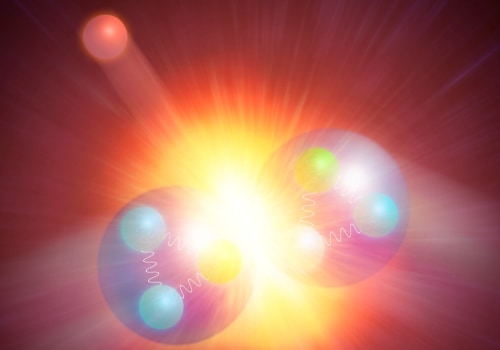
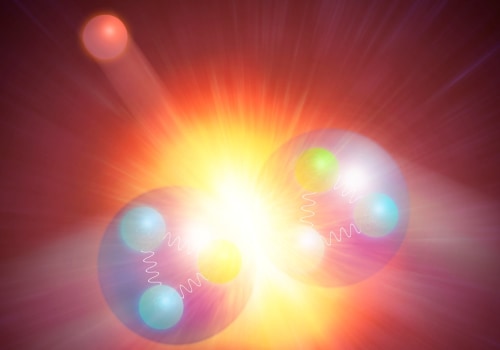
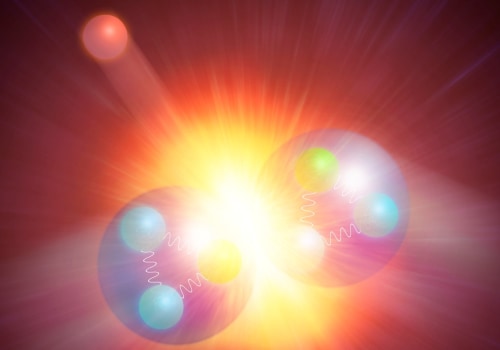
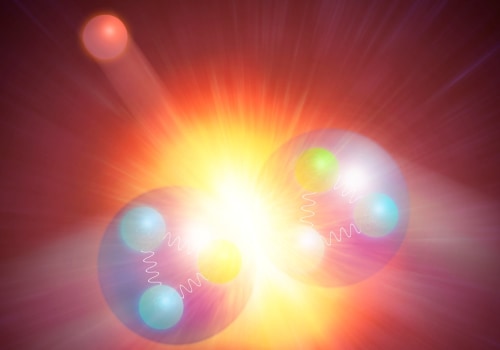
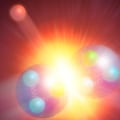

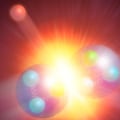
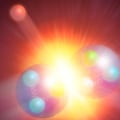

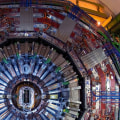
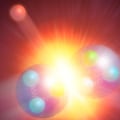
Leave Reply